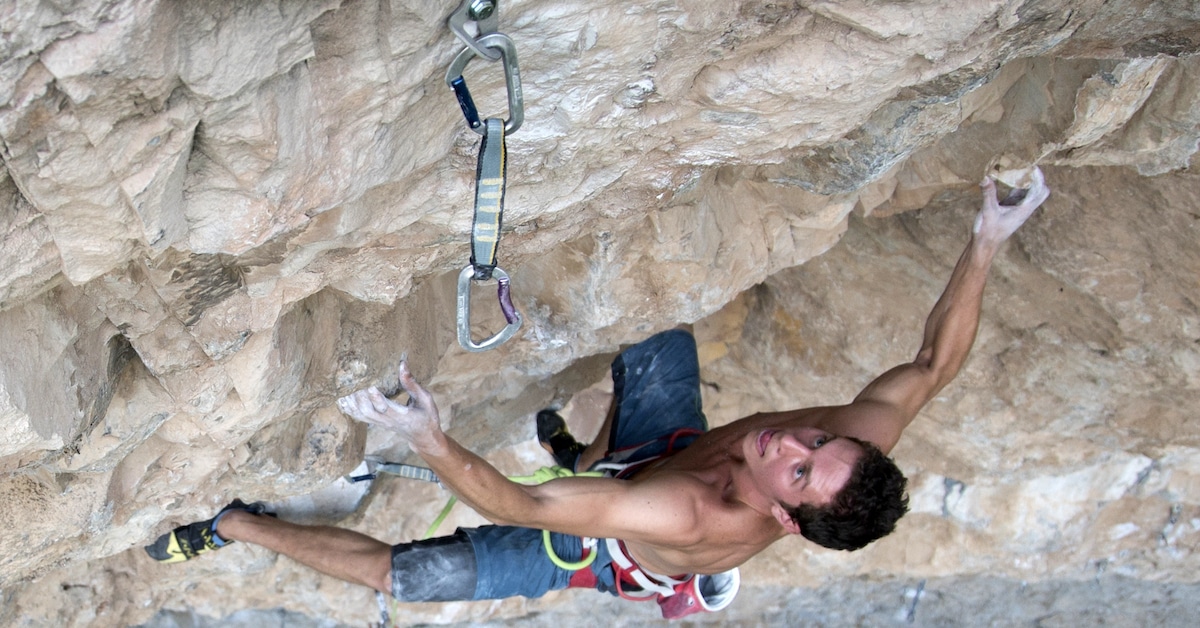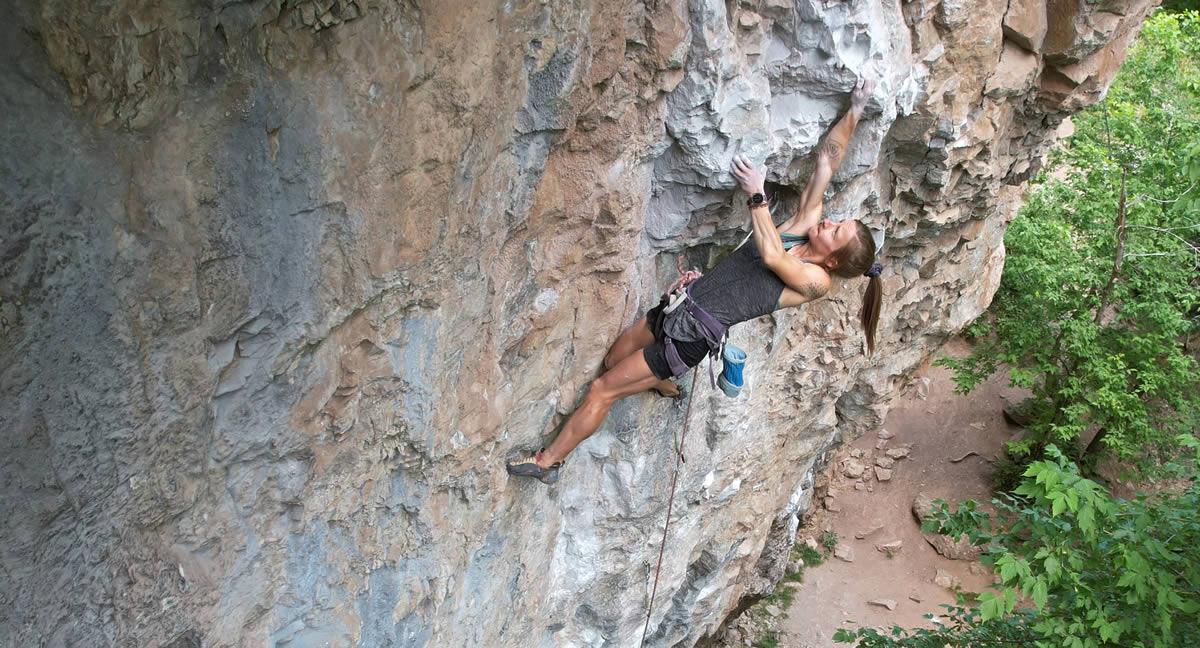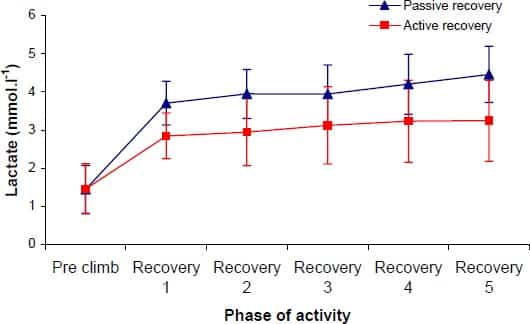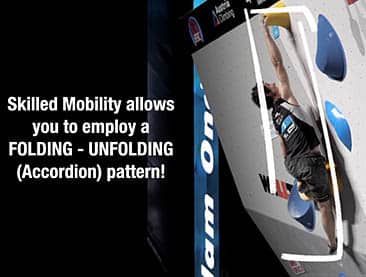Projecting is never a fast process. It typically requires patience and dedication to achieve slow and steady progress. But some approaches can help you send faster than others. Learn how to use a chunking strategy to project–and more quickly send–routes near your limit.
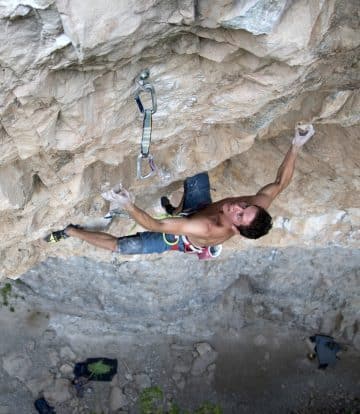
Break down your project into manageable chunks to lighten the load on both your body and mind.
Segmenting is a powerful technique often used in endurance sports to divide a long distance into smaller bite-pieces that are easier for the brain and body to digest. It transfers over to redpoint climbing as well, by breaking down a route into manageable chunks.
There are both physical and mental benefits to segmenting. On the physical side, you’re able to dedicate yourself to one section at a time. This gives you more energy to work with on each crux, rather than trying to tackle them all in one big swoop right off the bat. Deciphering the individual pieces first will make it much easier to put the puzzle together.
Mentally, you can switch your perspective from one long and intimidating climb to a series of reasonably short climbs. Trying to wrap your head around the entirety of a hard sport route—especially one close to your limit—is nothing short of overwhelming. Zooming in takes the pressure off.
Follow these steps to first chunk down your route, then put it back together again for the send go.
1. Rely on the Rope
There’s no shame in hangdogging. Your first go or two on a new project might involve more hanging, scoping, and feeling around than actual climbing. That’s a good thing; it means that you’re soaking up as much information about the route as you can so that you can make more educated decisions about how to climb it. Future you will thank you for your patience.
Work through the route bolt by bolt. Locate hidden holds, measure spans, find rests, and pinpoint potential cruxes. No need to do every move, or even know how to do every move right now. This is just a recon mission.
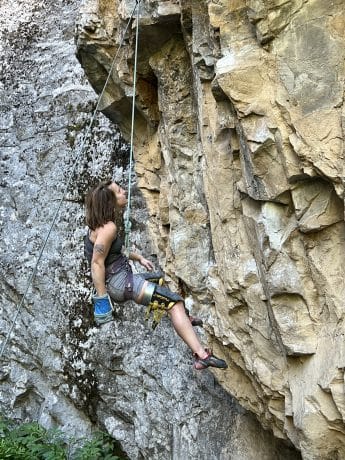
No shame in relying on the rope to scope out your moves!
2. Break It Down
Once you know where the holds actually are, begin to divide the route into segments. Identify places where it makes sense to begin and end each section. Rest stances or style changes make logical transition points. Does the rock change character or angle? Is there a good place to cop a shake or slot a knee? Think of each transition point as a separate anchor and each section as its own pitch.
3. Take It Chunk by Chunk
Consider just one chunk at a time. If you catch your mind wandering to another section, gently bring it back to the segment at hand. For your intents and purposes right now, that’s an entirely different climb. It’s like thinking about dinner when lunch is still on your plate. Studying the rock right in front of you, as if to have it memorized when your eyes are closed, can help rein in your attention (and strengthen your visualization skills while you’re at it!).
Refine one chunk at a time. It doesn’t even matter what order you work on them in. There are two logical orders of operation here: easiest to hardest, or hardest to easiest. Starting with the most doable sections can boost your motivation by giving you a taste of success; starting with the toughest sections allows you to come at them fresh. Either way, focus on efficient movement. They’ll all feel much harder in sequence, so figure out how to conserve energy wherever you can!
Once you have each chunk dialed, it’s finally time to put them together. Stay tuned for tactics on linking a climb (and why it’s not always best to go from the ground up!)
Related Articles:
- The Optimal Mindset for Projecting
- Effective Projecting and the Secret for Sending
- Training for Your Project
- 6 Tips for Sending Your Project
- The 10-4 Rule for Projecting Sport Climbs
Copyright © 2022 Lucie Hanes & Hörst Training LLC | All Rights Reserved.

